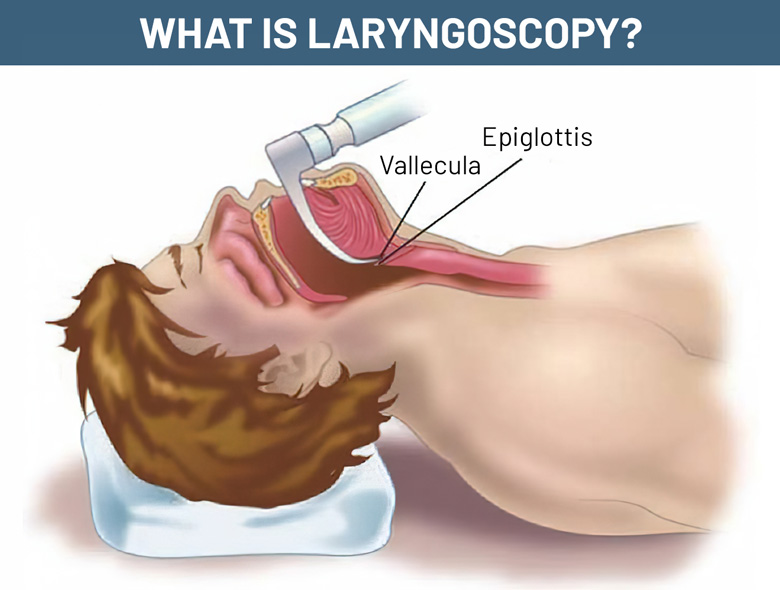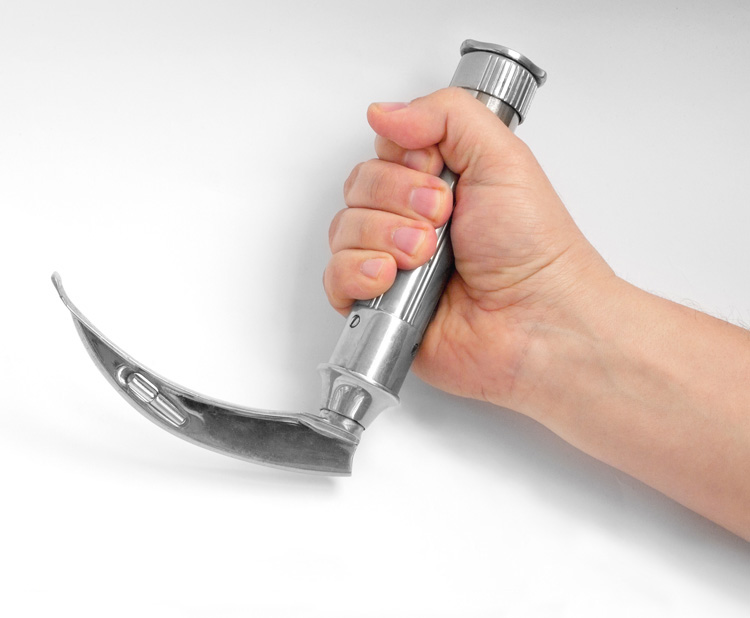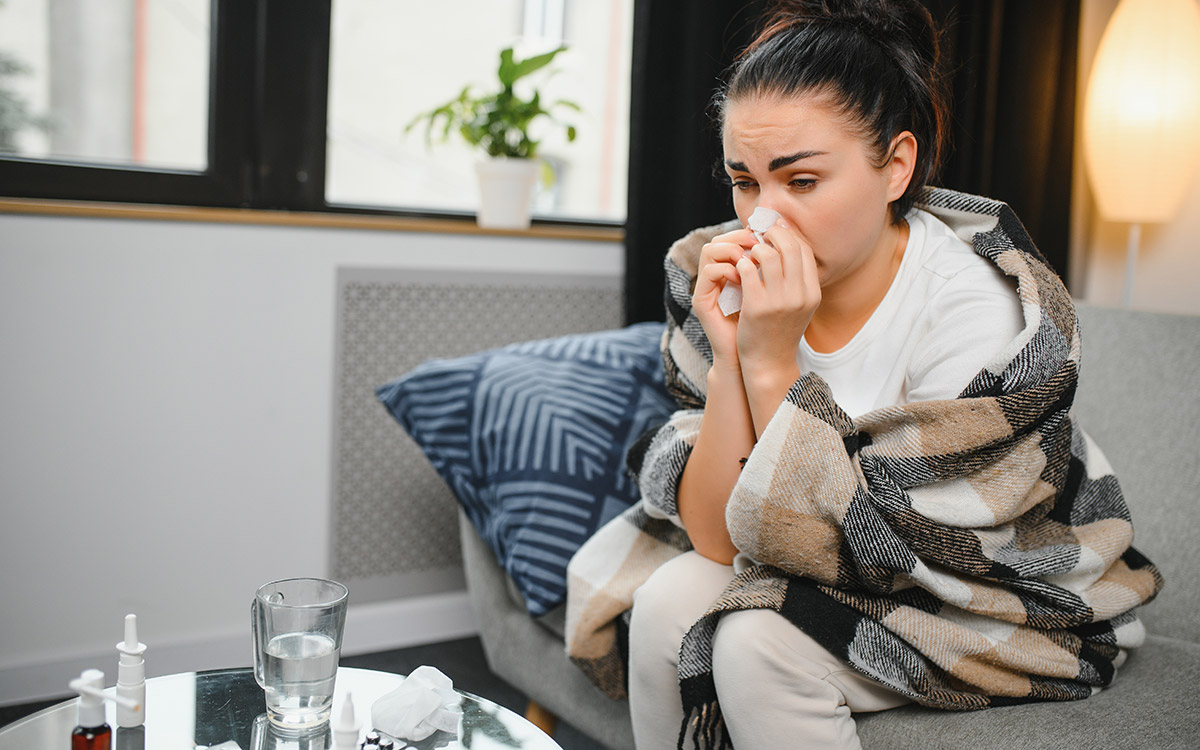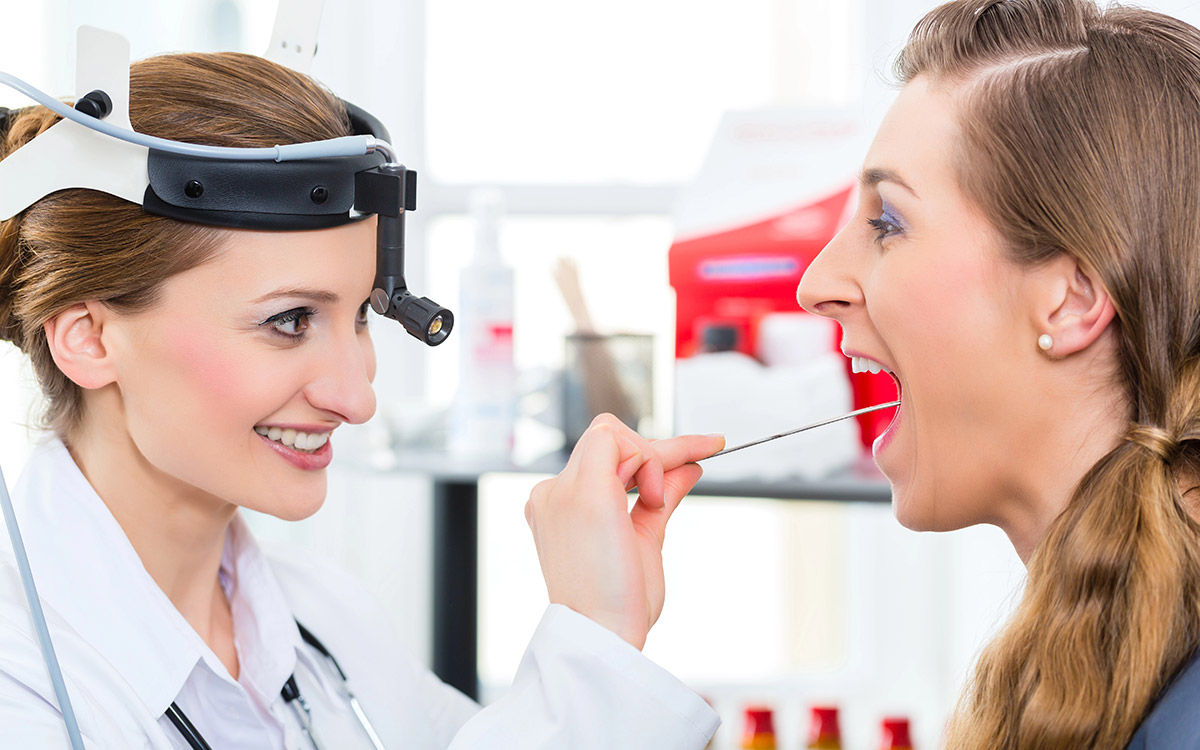Over the past two decades, there’s been an increase in office-based procedures under topical anesthesia in the areas of laryngology and head and neck oncology. Adequate anesthesia in the nasal cavity, pharynx, and larynx is crucial for the successful performance of these procedures.
Tetracaine or dyclonine have repeatedly been proven as the most efficient topical anesthetics before a laryngoscopy. A laryngoscopy is a procedure that involves examining the back of your throat, specifically your larynx (your voice box). There are many different ways to explore this area, most of which require topical anesthetic, with direct laryngoscopy requiring general anesthesia. Commercially accessible anesthetic solutions, on the other hand, are restricted. A compounding pharmacy can produce a wide range of topical anesthetic treatments in various strengths and combinations.
History of Anesthetics
The first local anesthetic (cocaine) was a topical anesthetic. It was accidentally discovered to have anesthetic properties when Albert Niemann, in 1860, like many chemists of that era, tested his newly isolated compound and noted that it caused numbing of the tongue. In 1884, Karl Koller, an ophthalmic surgeon, proved that general anesthesia could be avoided for ophthalmic procedures by using cocaine. The discovery of various topical preparations of amide and ester local anesthetics and delivery systems over time opened the gate to numerous possible uses of topical anesthetics.
What Are Topical Anesthetics?
Topical anesthetics are medicines that numb and reduce the sensation of pain in the area they are applied to. They’re available as creams, ointments, solutions, eye drops, gels, or sprays. These can be applied to the skin, inside the mouth or throat, in the nose, or on the eyes.
Topical anesthetics can be used on the skin to relieve pain caused by sunburns or other minor burns, insect bites, or minor cuts or before dressing changes when wounds are extensive. They can also be used before vaccination or any other procedure requiring needles.
Mechanism Of Action
Topical anesthetics block nerve conduction by targeting free nerve endings in the dermis or mucosa, producing a temporary loss of sensation in the area. Nerve impulse conduction is blocked by decreasing nerve cell membrane permeability to sodium ions, possibly by competing with calcium-binding sites that control sodium permeability. This change in permeability decreases depolarization and increases the excitability threshold until the ability to generate an action is lost.
What Is A Laryngoscopy?

Laryngoscopy is the name for a procedure where a doctor uses a tiny gadget to examine your throat and larynx.
They might do it to figure out exactly why you would have a cough and sore throat, to locate and remove something lodged in your throat, or to take tissue samples to examine later.
What Is the Function of My Larynx?
It assists you in speaking, breathing, and swallowing. It’s located at the rear of your throat as well as the top of your trachea or windpipe. It contains your vocal cords.
A laryngoscope is a small hand instrument that doctors use to see into the larynx and other neighboring regions of your throat or to introduce a tube in your windpipe to assist you in breathing.
A short video camera is often included in newer versions of the gadget.
Read More: Headache Hacks: 9 Easy Ways to Get Fast Relief
When Is a Laryngoscopy Required?

Any issue that affects the throat or voice box may require a thorough evaluation. This could include long-term issues like coughing and a sore throat that just won’t go away. It could also be linked to other respiratory issues, ear pain, or throat discomfort. A biopsy can be obtained using certain methods of laryngoscopy.
A laryngoscopy can also be performed in a variety of ways, some of which are more intrusive than others. A flexible laryngoscopy can be done through the nasal passages or directly through the throat. In any event, topical anesthesia is usually administered and required for the more invasive throat examinations. General anesthesia is used for direct laryngoscopy.
Studies of Topical Anesthetic Solutions for Laryngoscopy

In many healthcare facilities, tetracaine is the preferred topical anesthetic for awake intubation. However, alternative anesthetics are frequently used. It’s also utilized for a variety of laryngoscopy procedures. When compared to tetracaine, dyclonine has been demonstrated to be preferable in some tests. The topical anesthetic not only makes the surgery more comfortable, but it’s also necessary to avoid gagging or coughing.
Topical tetracaine solution was shown to be more pleasant than tetracaine gel and lidocaine gel in a cross-over trial of topical anesthetics used for transoral rigid laryngoscopy. Each product was applied 10 minutes before the laryngoscopy. The patient’s uneasiness with the procedure was measured using the visual analog scale.
Tetracaine and lidocaine were evaluated in another investigation on transnasal fiber-optic laryngoscopy. Tetracaine 2% and lidocaine 10% were given to one group and lidocaine 10% to the other. The results of this trial, which comprised 48 patients, showed that given tetracaine had much-reduced levels of discomfort. Furthermore, tetracaine had no negative side effects.
According to other studies, Dyclonine rinse is the best topical anesthetic for oropharynx surgeries. A total of 932 patients were randomly assigned to a dyclonine or a tetracaine group in the research. Based on patient and doctor feedback, researchers decided that one dosage of dyclonine was much more effective than 3 doses of tetracaine. This was particularly true for operations lasting longer than 100 seconds.
Compounded Tetracaine Solutions
Tetracaine solutions can be manufactured alone or in combination with other chemicals by a compounding pharmacy. Some clinicians, for example, will combine a topical anesthetic with a vasodilator like phenylephrine as well as oxymetazoline. Tetracaine solution is often compounded in strengths ranging from 2% to 6%. Compounding dyclonine solution at 1% strength is also possible.
Read More: What Could Be Causing Your Neck Pain & How Can You Relieve It?
Conclusions
Preinjection topicals have traditionally been in gel form. A fast-acting topical drug can be beneficial in clinical practice when time management is essential. This study demonstrates that a 5-second vapor treatment offers pre-injection advantages when compared to slower gel anesthetics. The method of using a vapor coolant chemical as a pre-injection procedure examined in this study has the potential for various uses.
We’d be delighted to hear from you if you have any questions. Please get in touch with us to see how we can assist you with your unique healthcare needs.
Explore our website to discover more about our numerous specialties as well as the services we provide for your entire family, including pets.
Do you need more information or guidance on how you can benefit from our compounded medicines? At King’s Pharmacy and Compounding Center, we want what’s best for your health and will work to find the right solutions for you. Fill out our contact form and one of our customer service representatives will be in touch shortly.










